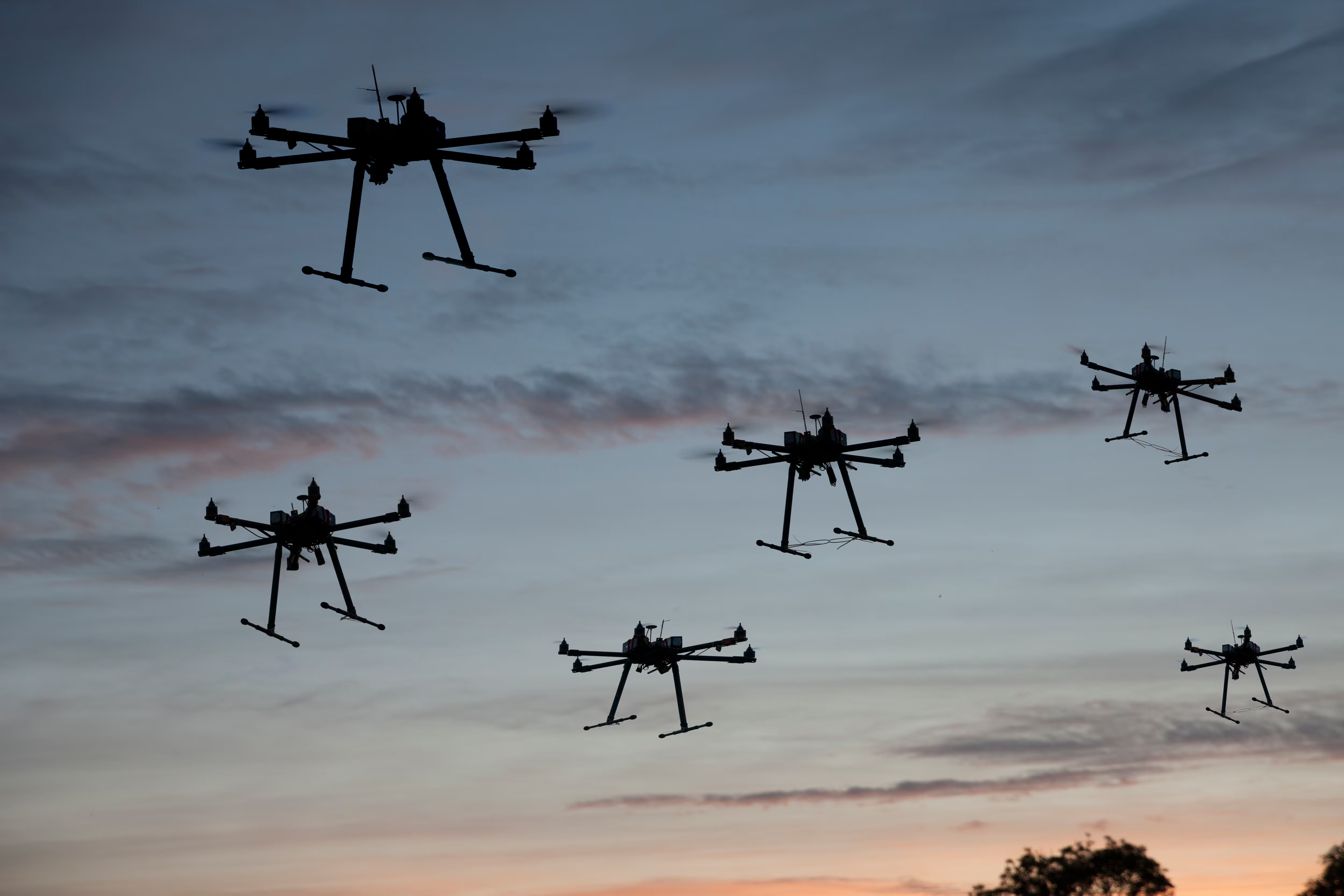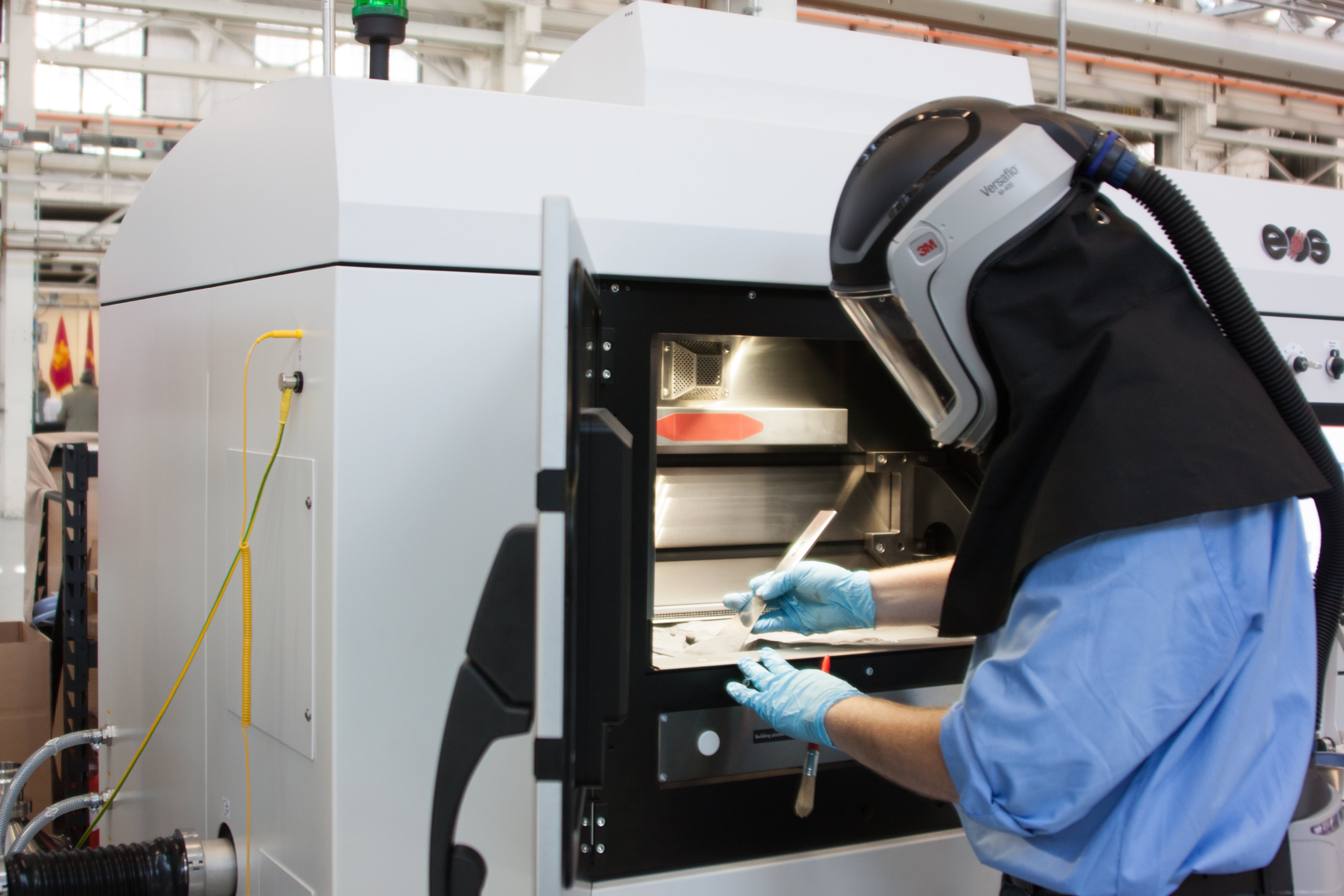WASHINGTON — A group of companies led by a Silicon Valley advocacy group is urging congressional appropriators to approve a House proposal to establish a $1 billion hedge portfolio aimed at quickly fielding commercial technology.
In an Oct. 24 letter, drafted on behalf of 63 companies, the Silicon Valley Defense Group calls on lawmakers to fully fund the provision, which was proposed by the House Appropriations Committee’s defense subcommittee.
“We believe the enactment of these provisions, coupled with the robust funding proposed by the House bill, will lead to greater coordination across the department and serve as a powerful demand signal to commercial and non-traditional companies to work with DoD,” the letter states.
The firms signed on to the letter include California-based Anduril Industries, Applied Intuition and FlightWave Aerospace Systems; Georgia-based Hermeus; and X-Bow Systems, headquartered in New Mexico.
The hedge portfolio would be managed by the Defense Innovation Unit, the Pentagon’s commercial technology integration hub, and coordinated with the military services through a proposed Non-traditional Innovation Fielding Enterprise. Funding would support an initial slate of capabilities including small, low-cost drones and satellites, agile communication and computing nodes, and artificial intelligence capabilities.
“This portfolio is a hedge against growing and innate tactical and logistical risks to current weapon systems, as well as a hedge against industrial base risk, given lack of capacity and diversity,” the subcommittee wrote in its bill, which the House Appropriations Committee approved June 22. “The development of non-traditional sources and non-traditional solutions are essential to this hedge.”
The letter praises DIU’s role in helping accelerate the transition of commercial technology into the Defense Department and states that providing more funding to the agency would ensure those systems are delivered to the services and combatant commands at a faster pace.
“We believe these provisions will position the Department of Defense to more effectively leverage nontraditional and commercial capabilities to support the warfighter,” the letter states.
The House and Senate have yet to convene to craft a compromise version of the fiscal 2024 defense appropriations bill.
While the House bill is a significant show of confidence in DIU, language proposed by Senate appropriators was less enthusiastic about the department’s innovation ecosystem. The committee’s bill, instead, expresses concern about the number of organizations focused on this mission, including DIU, the Defense Advanced Research Projects Agency and the Strategic Capabilities Office.
“The committee is concerned that, in an effort to create and harness innovative concepts, acquisition authority is becoming overly dispersed horizontally to Department of Defense organizations such as DARPA, DIU, SCO and the Office of the Undersecretary of Defense for Research and Engineering,” the bill report states. “This dispersal has the potential to degrade the defense acquisition executive and services acquisition executives’ ability to exercise their statutory responsibilities and dilutes meaningful acquisition leadership.”
Courtney Albon is C4ISRNET’s space and emerging technology reporter. She has covered the U.S. military since 2012, with a focus on the Air Force and Space Force. She has reported on some of the Defense Department’s most significant acquisition, budget and policy challenges.








